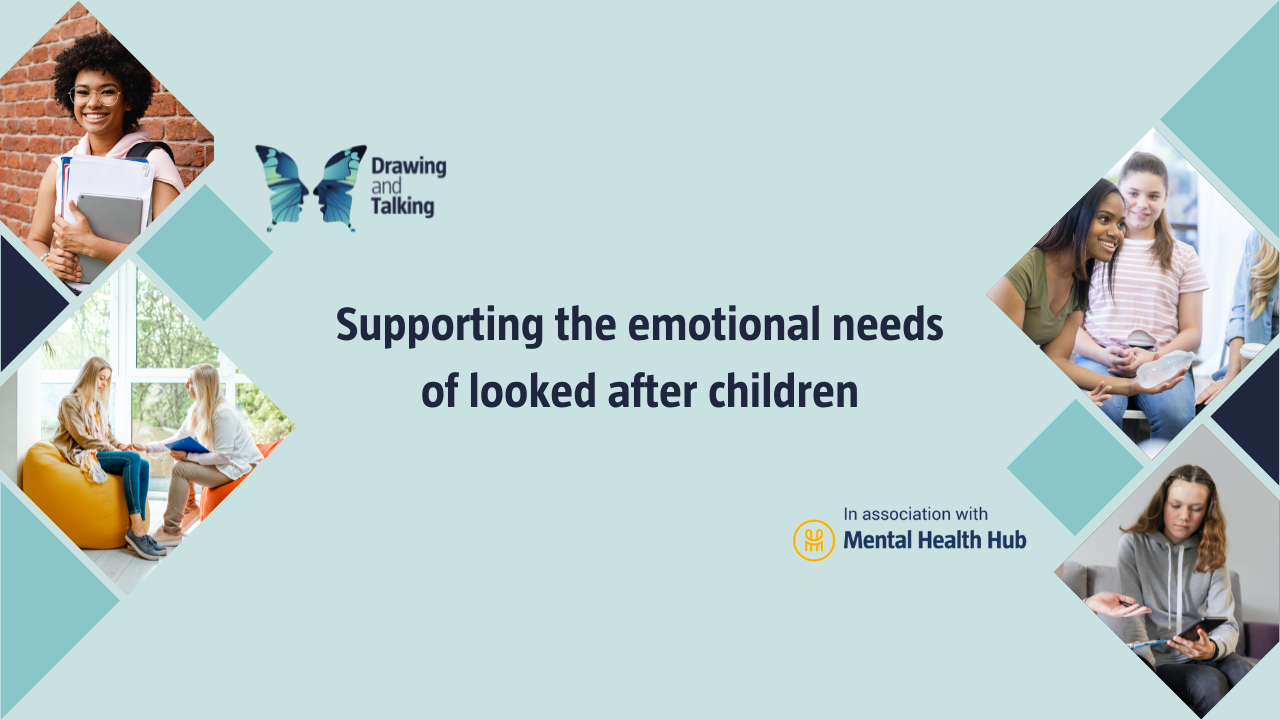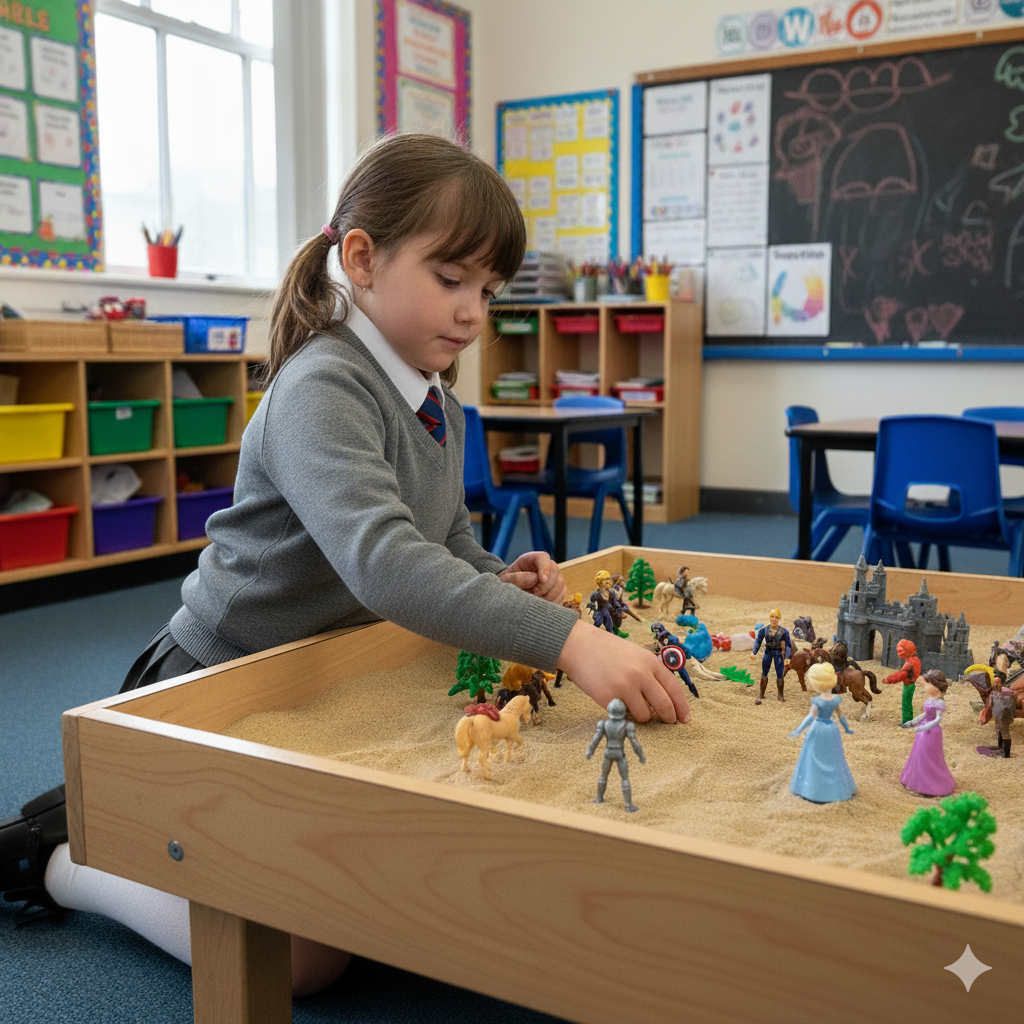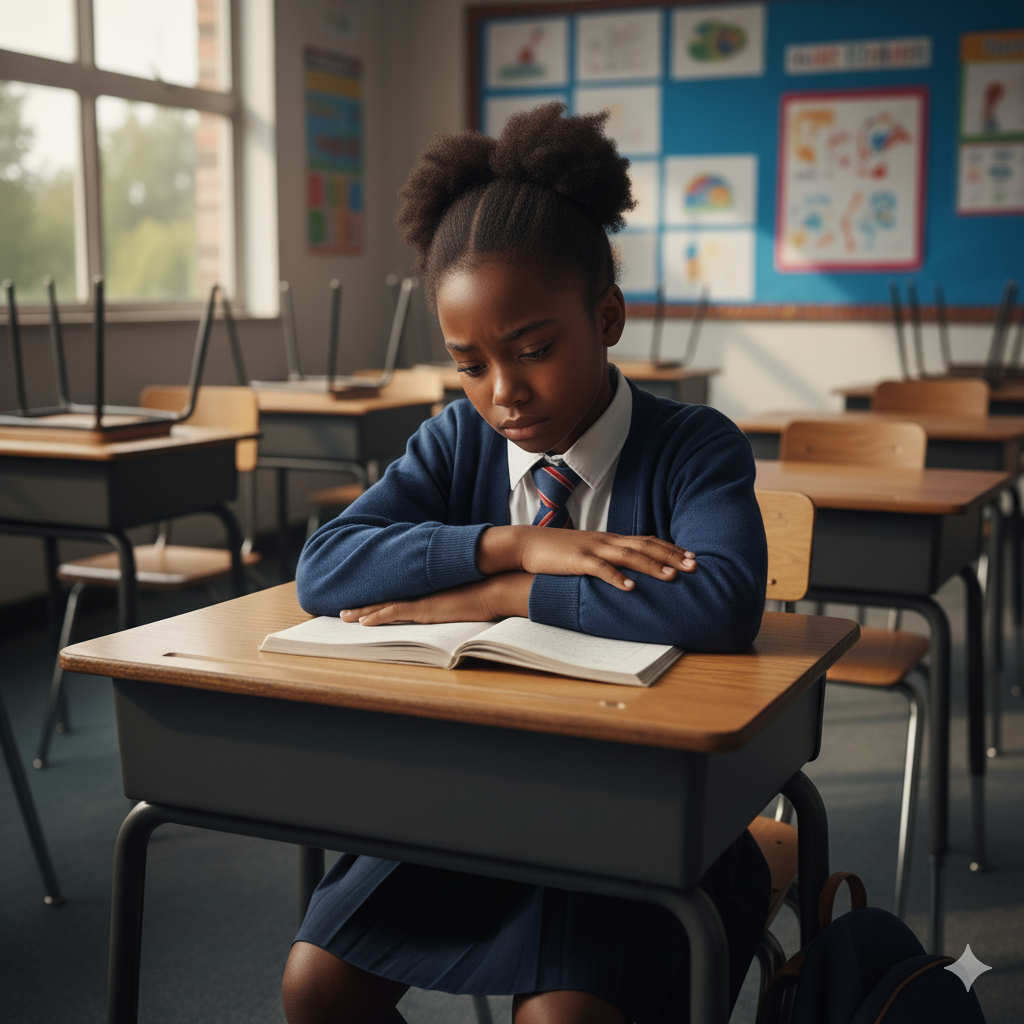
LIFELONG THERAPEUTIC LEARNING:
-
Learn more

Drawing and Talking allows individuals to discover and communicate emotions through a non-directed technique, setting it apart from existing solution-focused and cognitive-based therapies and interventions
Learn more
Creators of a global proactive intervention intended to complement rather than replace the work of Specialist Mental Health Services
Working with vulnerable
-
Courses
Drawing and Talking has proved invaluable with secondary aged students who find it difficult to talk about their emotions.

Our team's commitment to high quality services provides you with peace of mind.
Individuals
Creators of global proactive intervention intended to complement rather than replace the work of Specialist Mental Health Services.
Organisations
In-house training days are the most cost effective way to train groups of 20 or more staff in the Drawing and Talking therapeutic technique. We offer both Zoom and in-person options.
- Blog
-
Practitioners
In our 20-year history, we have built a community of 20,000 Drawing and Talking Practitioners.
Our Drawing and Talking Practitioners are committed to high-quality therapeutic support. Our Accredited Practitioners maintain an active Drawing and Talking Membership, which includes regular CPD and supervision and coaching. This ensures safe, reflective and effective practice.
- Contact us
- Book now
Supporting the emotional needs of looked after children

In order to meet the NSPCC’s Guidelines for looked after children, professionals should be utilising tools to ensure that attachment is at the heart of children’s emotional and social development.
The importance of having safe and secure attachments in our early lives can never be underestimated. Not having basic emotional needs met as infants certainly impacts on quality-of-life experience and social interactions in the future. As children and young people grow older, life can often occur as scary, threatening, and difficult to navigate. Relationships with others are often strained.
Basic fundamental human needs: To belong, be loved and feel connected.
The DFE reported that 63% of looked after children were looked after due to abuse or neglect in 2018/19.
When looked after children have been wronged, they can feel a sense of anger that is not only warranted, but also empowering. This state of mind is often a reoccurring emotional protective mechanism. It dominates a child’s ability to interact with carers and peers logically and rationally. This creates a cycle of harboured resentments that continues to impose feelings of loss, fear, and rejection upon the child.
Behaviour modification and solution-focused approaches are often our ‘go-to’ interventions. By focusing on activating the cognitive mind, these techniques are designed to support our ability to navigate the world around us.
However, these ways of supporting looked after children sometimes increase reactivation; occurring as dominating, being made wrong, and or a lack of understanding from a caring adult as to how a child is feeling. Remaining in overwhelm and being flooded with anxious thoughts about the future, it becomes difficult for a child to think clearly and make good decisions.
The average SDQ score in 2018/2019 for looked after children in England was 14.2, which is classified as a “borderline cause for concern”. It is, therefore, vital that, as professionals, we work proactively to prevent mental health issues from becoming entrenched. But we often ask the question:
How do we help looked after children to release the heavy burden of resentment, without running the risk of invalidating their pain?
Providing interventions that make space and time for exploring and connecting from a secure base can often positively alter the nervous system’s automatic response - associated with poor attachment. This can allow someone to re-establish what it ‘feels’ like to have a safe and positive relationship, but also to be able to survive the loss.
Creating a safe and secure attachment is one of the core principles of Drawing and Talking and is at the heart of everything we do.
A professional working with a child’s inner world needs to proceed safely and non-intrusively, with respect for the child’s own pace and state of being. Therefore, anyone using Drawing and Talking learns to stay in the world of the individual’s drawing. The individual sets the pace and decides what to bring to the session. Over time, once they feel safe and have created a secure attachment, their imagination begins to unfold. Individuals gain access to an ability to process complex feelings, that they are not able to express through ordinary verbal language.
Latest news
August 11, 2022
August 11, 2022



